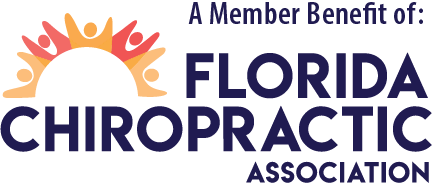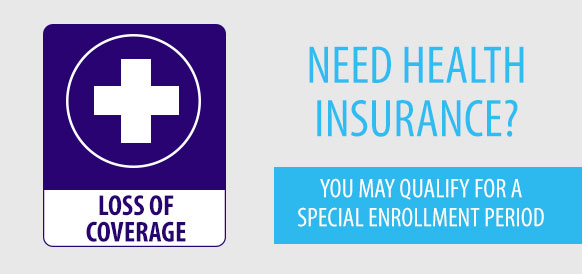Knowing the Difference Between the ER and Urgent Care Could Save You Thousands
Not knowing where to go when you or your child gets sick can be terrifying. Your family doctor may not always be available when you need them, but your circumstances may not be severe enough to warrant a trip to the ER.
But how do you know if a visit to an urgent care center will work just as well and save you money?
Seeking Urgent Care
Thousands of urgent care centers and walk-in clinics have sprung up around the country to help families receive quick medical attention for a variety of issues. According to a December 2019 Forbes article, the number of urgent care centers in the U.S. (9,272) increased by 6% from the previous year. This is just the latest in a series of positive annual growth statistics specific to the urgent care industry.
Many of these locations can test, diagnose, and treat common viral infections, administer stitches to minor lacerations, and much more. But not all urgent care centers or walk-in clinics provide the same services. Before making an appointment or visiting a physical location, be sure to find out which services they offer first (most will have their range of services listed online).
Another increasingly popular service, telehealth, is helping to bring the doctor’s office to the convenience of your couch. Telehealth (also known as telemedicine) has provided relief for overwhelmed doctors offices and urgent care centers alike throughout the COVID-19 crisis and has allowed families to get the care they need while staying safe.
Regardless of how you seek treatment, you may be referred to an ER, specialist, or follow-up appointment if your condition warrants further medical attention.
When to Visit an Emergency Room
Going to an ER may seem scary (not to mention, expensive) but in some cases, it may be necessary.
According to Scripps, if you are experiencing any of the following symptoms you should be evaluated in an emergency room, where medical professionals have access to a full range of resources to treat you:
- Chest pain
- Breathing difficulties
- Weakness or numbness on one side of the body
- Slurred speech
- Fainting
- Changes in mental state
- Serious burns
- Head or eye injury
- Broken bones or dislocated joints
- Fever accompanied by a rash
- Seizures
- Severe cuts
- Facial lacerations
- Severe cold or flu symptoms
- Vaginal bleeding with pregnancy
Covering the Cost of Care
Major medical health insurance can help cover the cost of these types of healthcare. The annual open enrollment period for ACA-compliant health plans runs from November 1 to December 15. If you’ve experienced a qualifying life event (QLE) outside of that period, you may be eligible for a special enrollment period. For more information on QLEs, as well as non-ACA “short-term” health insurance plans (which are available all year long), visit https://fcachiro.memberbenefits.com/health-insurance/.











